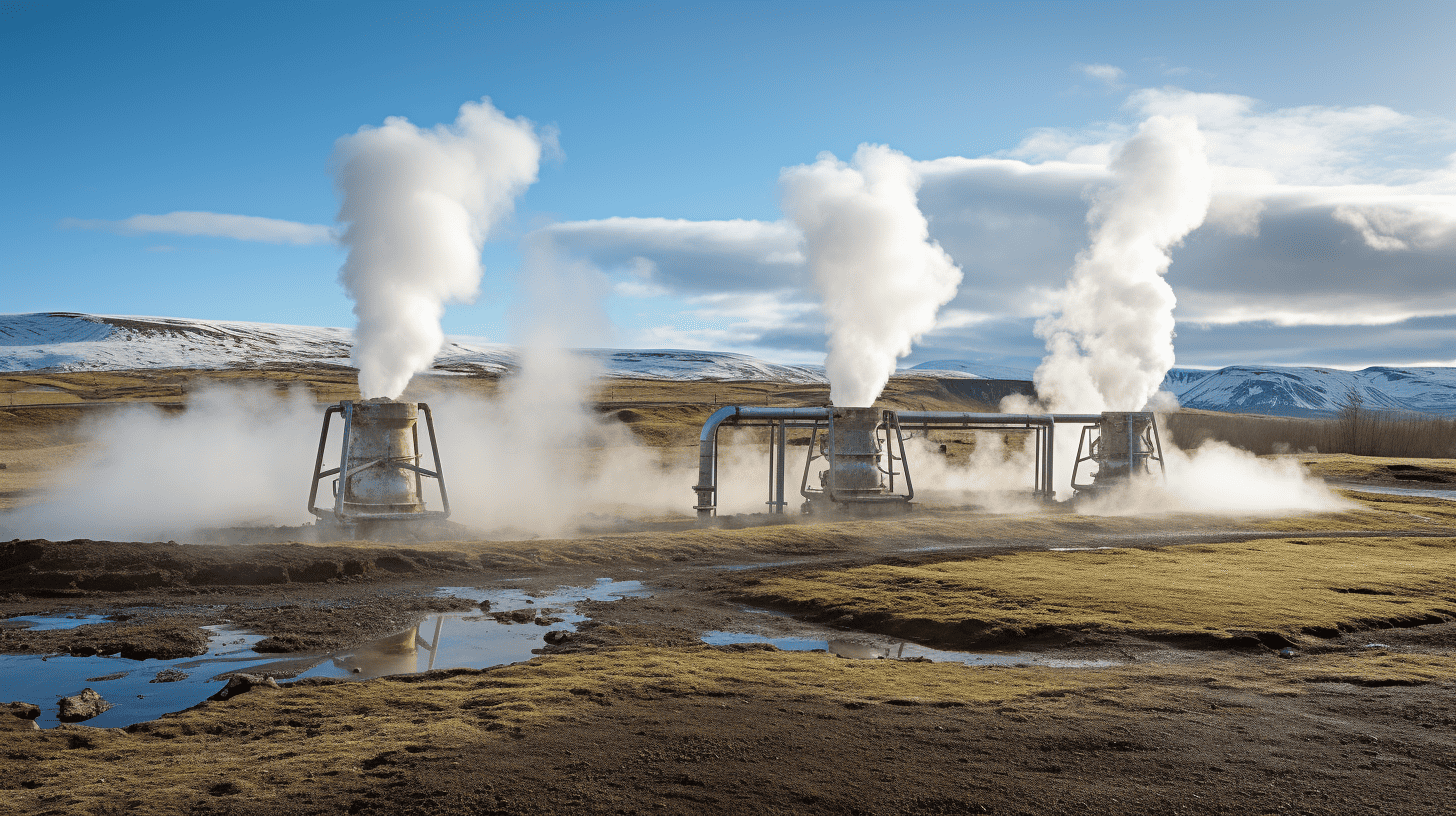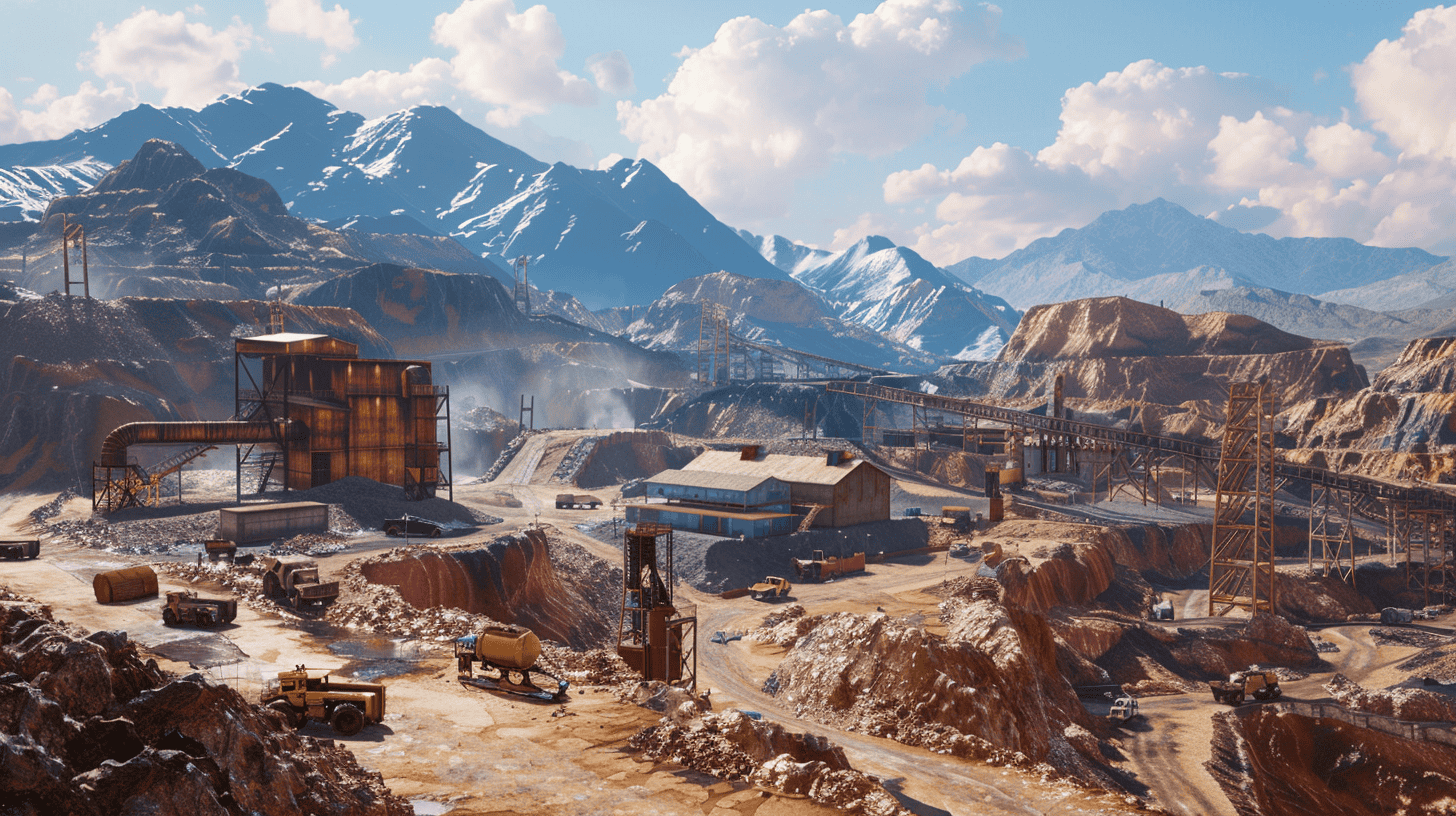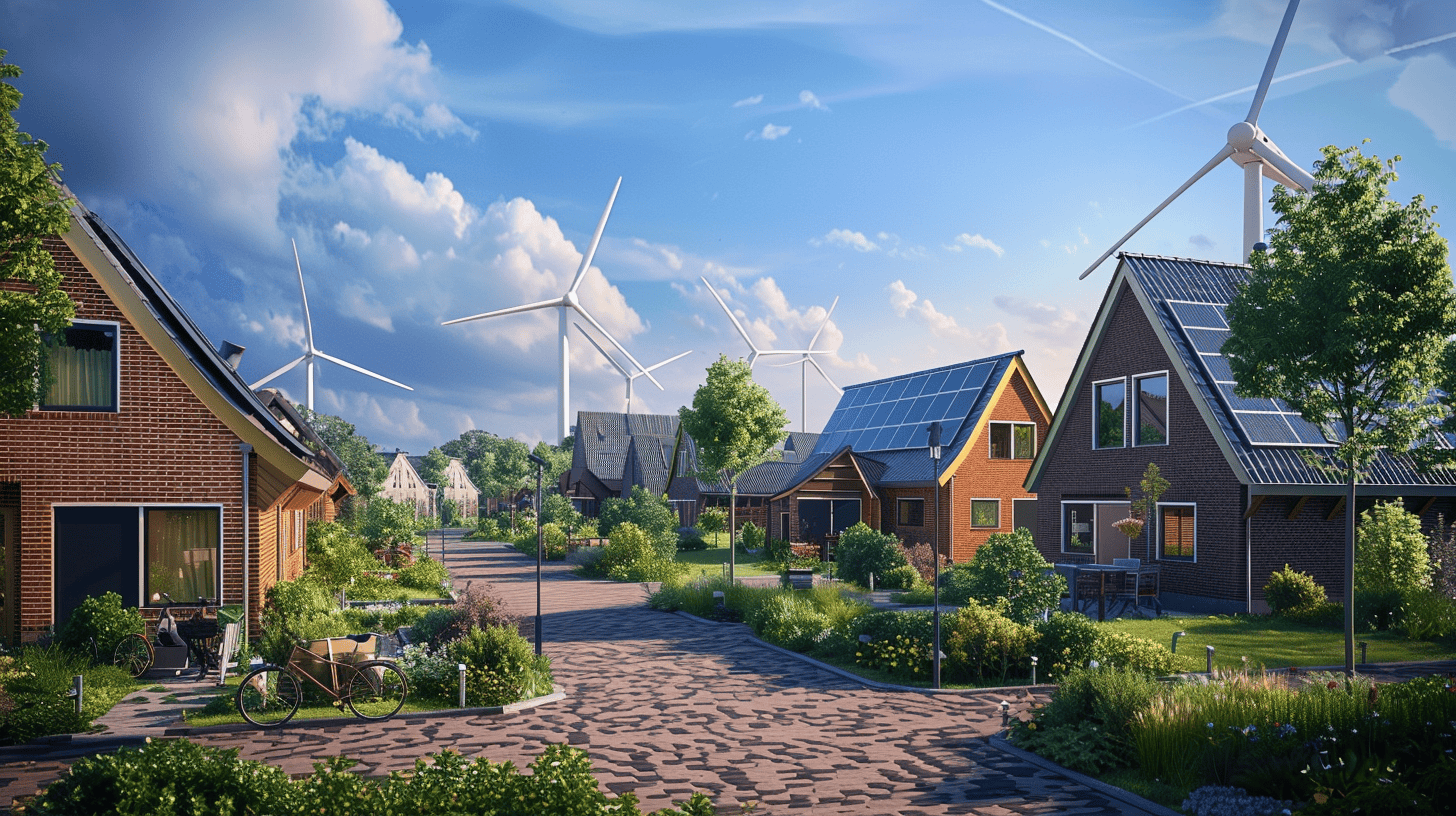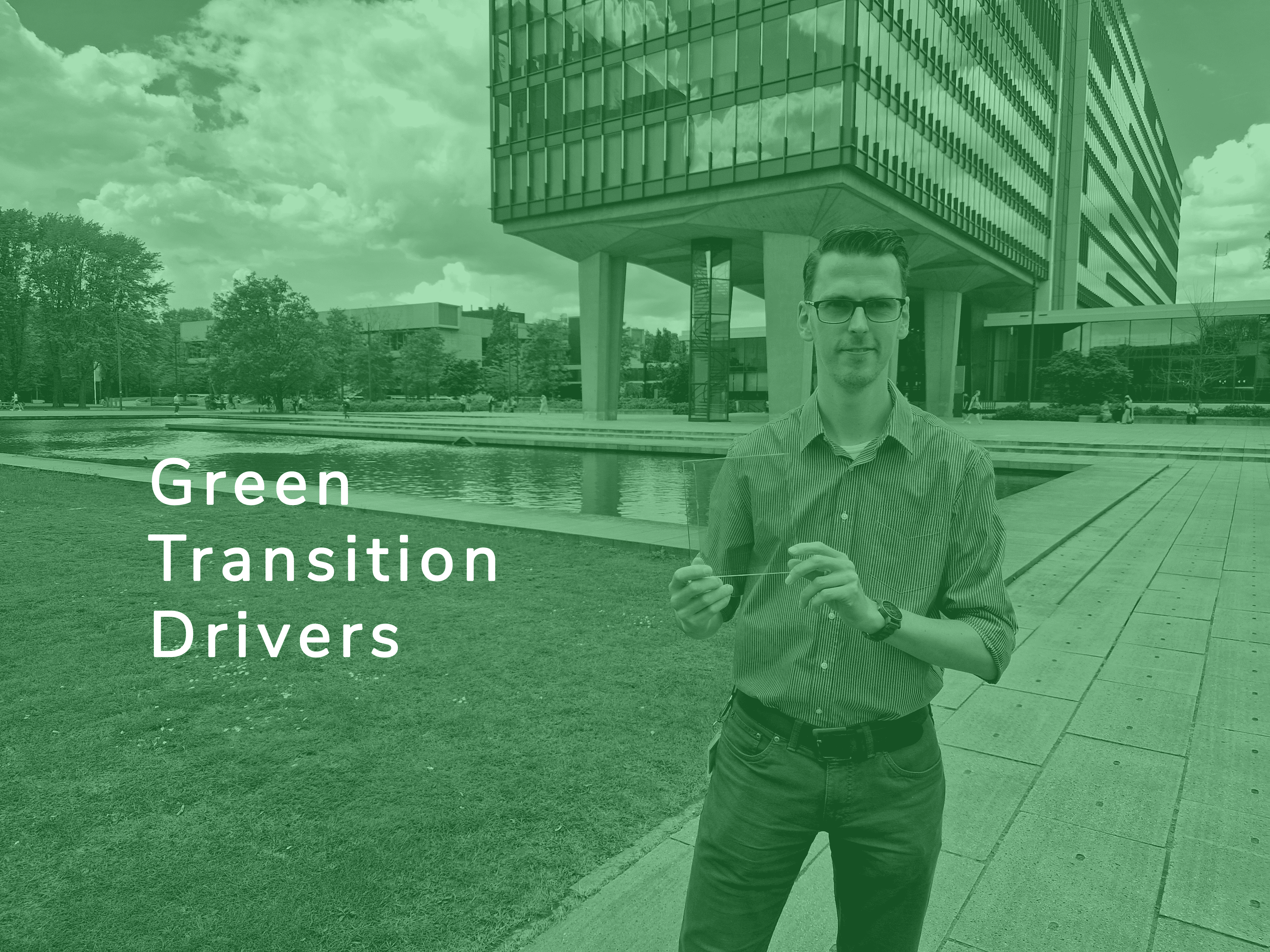
For years, scientists have tried to understand the structure of the Earth. One of these scientists is University of Twente geophysicist Dr. Juan Carlos Afonso (Faculty of ITC). He has recently developed a new method to analyze the Earth’s continental crust that lays the groundwork to predict geothermal energy sources, but also other critical resources for the Earth and other planets. He published his research in the scientific journal Nature Geoscience, writes the University of Twente in a press release.
To minimize the impact of natural hazards and support the transition to green energy technologies, it is fundamental to understand how the continental lithosphere – the outer part of the Earth – works and to predict the location of geothermal energy and mineral resources. Normally, Earth scientists look at one aspect of the earth’s crust at a time using specific data sets. But it is both the crust’s chemical structure and the small differences in temperature that inform geoscientists on the origin and evolution of the planet and on the location of resources beneath our feet. Combining multiple data sets for this purpose, however, remains a major challenge.
Merging methods
In his research, Afonso managed to formally combine multiple satellite data sets with land-based data sets to see further into the Earth than previously possible. “It is a completely new way of ‘seeing’ what’s below there”, says Afonso. Previously, the only reliable approach for deep resource exploration was the analysis of rock samples brought to the surface by volcanoes (known as ‘xenoliths’). “When you’re dependent on volcanoes, you can imagine that such samples are hard to come by. They are scattered in space and time and still have large uncertainties”, explains Afonso.
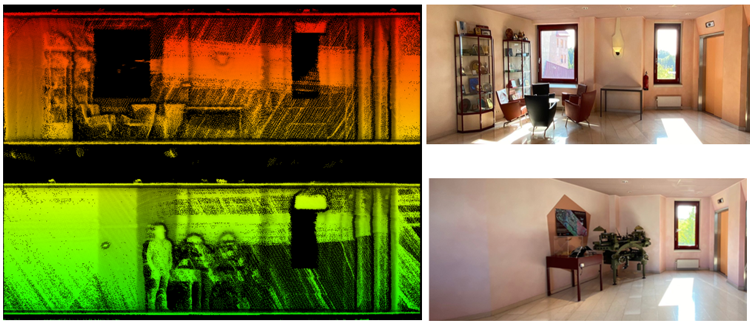
Mapping the crust of Africa
The research team focused on central and southern Africa. The Kalahari, Tanzanian and Congo cratons – ancient and stable parts of the Earth’s two topmost layers – in the area proved useful. “Central and Southern Africa is a natural laboratory that helps us answer fundamental questions about the formation of cratons”, says Afonso, “and there are plenty of datasets on those needed xenoliths that helped us prove our method.”
Next challenge
“This study demonstrated that our method of combining land and satellite data sets works. Now we can extend the research to regions where xenoliths are not available”, says Afonso. According to the researchers, this approach adds to the development of the next-generation planetary models and supports the development of cleaner technologies. It lays the groundwork for innovative resource exploration frameworks for Earth, but also other terrestrial planets. “Maybe Mars and/or the Moon can be next.”
Selected for you!
Innovation Origins is the European platform for innovation news. In addition to the many reports from our own editors in 15 European countries, we select the most important press releases from reliable sources. This way you can stay up to date on what is happening in the world of innovation. Are you or do you know an organization that should not be missing from our list of selected sources? Then report to our editorial team.


